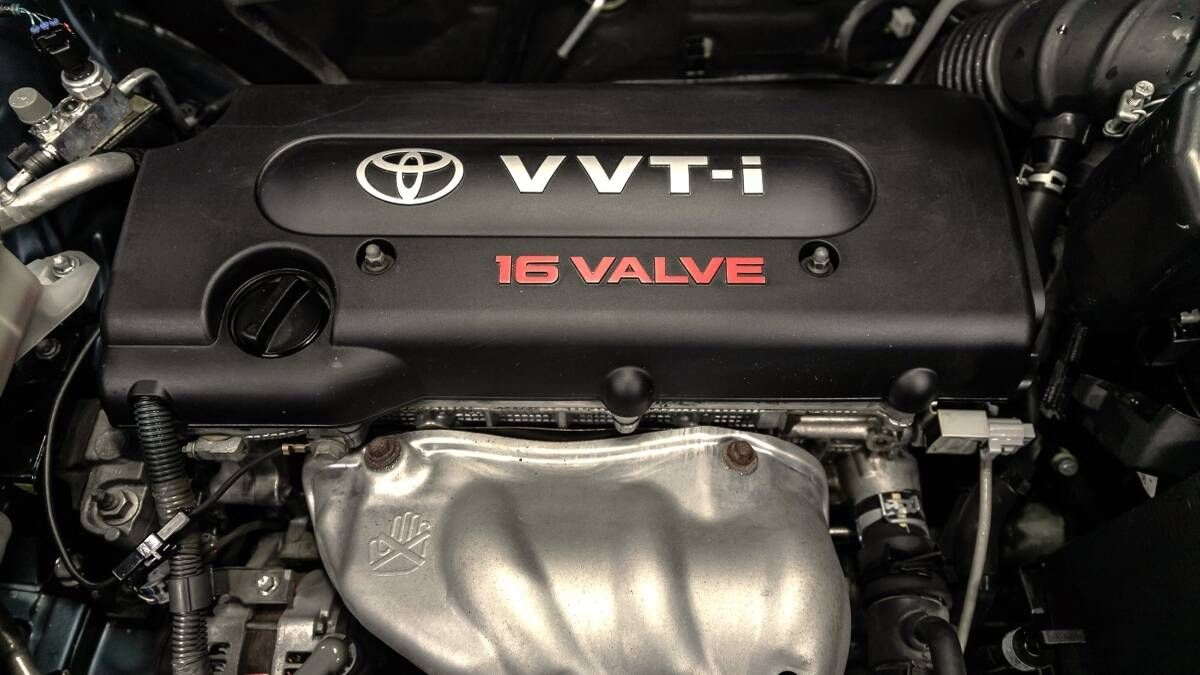The Right Tool (and the right part) for the Right Job
The Toyota RAV4 is a great car for those who are interested in DIY repairs on a RAV4: easy access to many components, plentiful supply of parts for repairs, relatively non-complicated design.
However, in previous articles we’ve learned that nothing spells “failure” more surely than using the wrong tool for most auto repair jobs. And, as it turns out, the same goes for using the wrong part in a repair on your car.
According to a recent Toyota Maintenance YouTube channel episode, there is a lesson to be learned on both counts that all of us have made at one time or another: Using a garden hose clamp in place of an OEM automotive hose clamp or clip thinking that both are technically one and the same. But are not.
The Difference Between Automotive and Garden Hose Clamps
Automotive hose clamps and garden hose clamps serve similar purposes in securing hoses onto fittings or connections, but they have some differences based on their specific applications:
1. Material: Automotive hose clamps are typically made from stainless steel or other corrosion-resistant materials to withstand the harsh conditions under the hood of a vehicle, including exposure to heat, oil, and chemicals.
Garden hose clamps are commonly made from stainless steel or galvanized steel, but they may also be made from materials like plastic or brass. These materials are chosen for their resistance to rust and corrosion from exposure to water and outdoor elements.
2. Design: Automotive hose clamps often have a slotted band design, allowing for precise adjustment and a secure grip on automotive hoses of various diameters. They may also feature a worm gear mechanism for tightening.
Garden hose clamps typically have a screw-type design, with a screw mechanism that tightens around the hose fitting. They may have a perforated or solid band, depending on the specific design.
3. Size and Application: Automotive hose clamps are designed for use in automotive systems, such as coolant hoses, fuel hoses, and vacuum lines. They come in various sizes to accommodate different hose diameters and are often used in high-pressure applications.
Garden hose clamps are specifically designed for securing hoses used in gardening, irrigation, and outdoor watering systems. They are commonly used with standard garden hoses and fittings, which typically have larger diameters compared to automotive hoses.
4. Pressure Rating: Automotive hose clamps are typically designed to withstand higher pressures, as automotive systems often operate under pressure from fluids like coolant or fuel.
Garden hose clamps are generally not designed to withstand high pressures, as garden hoses are typically used for low-pressure applications such as watering plants or washing cars.
In summary, while both automotive hose clamps and garden hose clamps serve the purpose of securing hoses, they differ in terms of materials, design, size, application, and pressure rating to meet the specific requirements of their respective applications.
In other words, although a non-automotive hose clamp will work in a pinch, you are much better off using OEM automotive hose clamps to ensure a proper and tight fit rather than a garden style or those non-OEM cheap made-in-China clamps you will find at some automotive parts and hardware stores.
A Bad Repair and What to Do About It
Follow along with the host as he demonstrates this common problem and common fix by Toyota RAV4 owners (or their friends) on why it is important to understand the distinction between hose clamps when it comes to auto repairs.
Related article: Toyota RAV4 Engine Warning for Used Car Shoppers
Common Problem on TOYOTA RAV4
For additional articles on the RAV4 model, here are a few for your consideration:
- I Almost Bought the Wrong 2024 RAV4
- More than 1.8 Million Toyota RAV4 SUVs Recalled Due to Fire Risk
- Calculate the Toyota RAV4 Hybrid Cost Against the Non-Hybrid RAV4
Timothy Boyer is an automotive reporter based in Cincinnati. Experienced with early car restorations, he regularly restores older vehicles with engine modifications for improved performance. Follow Tim on “Zen and the Art of DIY Car Repair” website, the Zen Mechanic blog and on Twitter at @TimBoyerWrites and Facebook for daily news and topics related to new and used cars and trucks.
COMING UP NEXT: Rental Car Warning for Consumers of This Popular Car Rental Service
Image source: Deposit Photos





